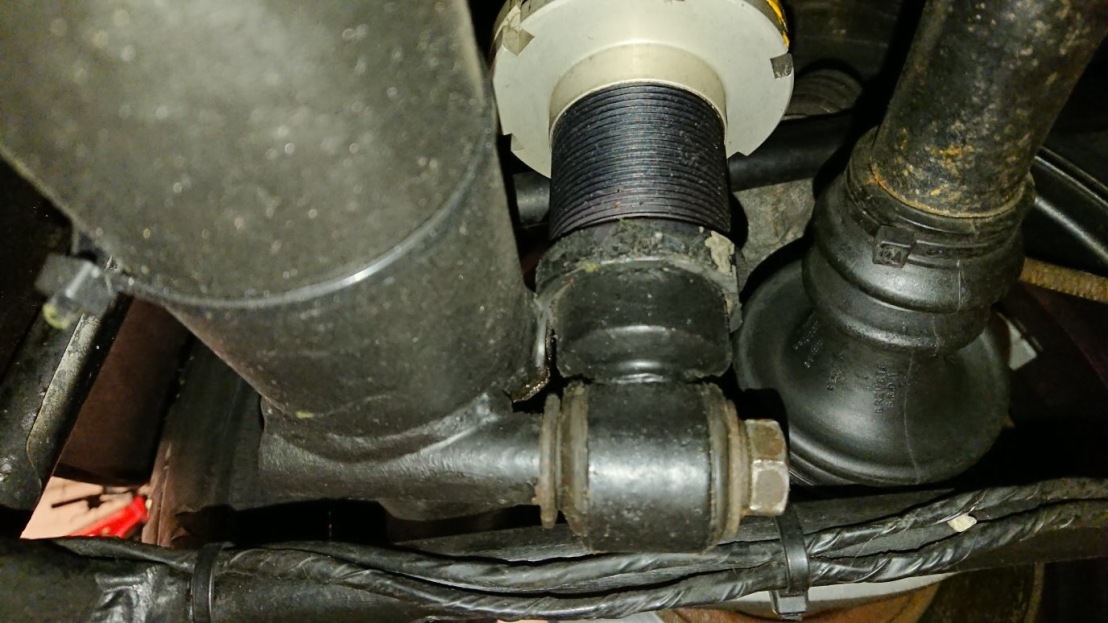via Superlight & Superlight R questions – Page 1 – Caterham – PistonHeads
Thursday 11th August 2011
Tried search, not so relaible these days frown any help much appreciated.
The budget I have and the preference for use and model brings me to Superlight & Superlight R of K series generation.
Can anyone tell me what the official line on engine refresh was, frequency for example ?
Also an idea of costs, some suggestion of having an R engine refreshed being in the 10k region ?
Anyone tuned a std Superlight 1.6 above the 138bhp to say 160-170 and can comment on the results ?
Duratec is out of scope, so any experience on the more highly strung K series is appreciated. I understand should it go bang, then rather than rebuild I could consider a Duratec conversion, but that’s not what I’m after really. I just want to understand what i would face in owning a Superlight or Superlight R that now has some mileage on it and will get used primarimy for track work.
My ream preference is for the extra horses an R has as I’m a slim and slender 110kilos and need all the help I can get to drag my butt around any circuit smile
pat the plumber.
Thursday 11th August 2011
Thanks Pat, I have read Daves excellent info and understand the costs involved in upgrades, it’s the cost of refreshing a STD 1.8 and what the driving experience is like driving an upgraded 1.6 that I’m trying understand and hear people experiences of.
Thursday 11th August 2011
My car started life as a 1.6 K Series car with 138bhp and was upgraded by the previous owner to 1.8 and 170bhp. The work was done by Caterham and called a Supersport R conversion. It involves re-boring to 1.8, fitting an R300 ECU, roller barrel throttle bodies, Supersport cams and an R500 exhaust. The R300 map may not have been up to much though as the previous owner had it remapped at Northampton Motorsport. I can’t comment on how it drove as a 1.6 but I can say it drives fabulously well now. It is a very revvy engine – the power curve is completely linear right up to the 7400 cutoff, and with the roller barrels it is very noisy, but that’s what I wanted as it’s to die for biggrin
My understanding from Caterham is that 160-170bhp out of a K series is not stressing it, as I, like you, was a little concerned about the need for a refresh. I was told that anything over 200bhp is where you get into that sort of maintenance schedule and I do not ever expect to have to have my engine ‘refreshed’.
All in all I love the K Series engine and I think with 170bhp you will have a good balance between power and maintenance costs.
Thursday 11th August 2011
Hiya, I’ve got a 1600K now, and had a Superlight R as my first Caterham, which I did an 1800 Scholar Evo conversion to. I miss the noise terribly, the performance was pretty nifty too – the current 7 lacks the totally barmy top end. As for refreshes, I chose to do the Scholar conversion as the engine was out anyway (due to a garage fitting wrong gaskets etc, long story), I think refreshes are only for R500 and R500 Evo engines really. Ring Dave Andrews himself for more info though, he’s THE man to speak to, and I was sceptical beforehand, but he will put your mind at rest. As I’m sure you know – get a dry sumped car for track work.
I love the K Series personally, it sounds better than a Duratec, and likes being revved more IMVHO….
Everyone told me I was daft selling my old SLR for a 944 Turbo but did I listen.. did I fu
Friday 12th August 2011
Cheers gents .. . . Having chatted to a couple of R owners they’ve not had cause to worry on their engines and given the mileage and use it will likely have had it’s trying to consider the best options should it expire and most other parts are reasonable.
It’s also the consideration of power to weight, as it will be focussed on track days here in France and I’m a slender 110k dressed there’s the perennial debate of whether the 138 will be enough in the longer term, I’m sure in the short term I’ll be finding my feet again on track and it will keep me entertained, but after a while the hunger for the extra will co,e knocking and its the options available.
With availability of std Superlights being higher currently than R’s its therefore whether to buy a STD and then upgrade later or hang out for an R. Most of the reading I have done suggests the factory mapping was less than perfect and I already run my Griffith on Emerald, so given the tie up with the 2 Dave’s then it would be a logical upgrade route and one I’d quite enjoy doing.
Also intrigued in the conversion to 1900 as I have a mental thing about the capacity of engines v power outputs, but that’s coming from a love of my hugely inefficient 5ltr RVB producing now what TVR said it left the factory with, which it didn’t hehe of course until some fettling.
Friday 12th August 2011
The SLR is pretty much a standard engine – no special crank,pistons or rods IIRC. My only recommendation is to buy one with a dry sump. Mine didn’t have one and I was always paranoid when tracking it. Excellent car with an addictive shove in the backat 4250 RPM and gorgeous induction and exhaust noise too. Enough torque too -I’d imagine you sacrifice some driveability with some of the other conversions?
Friday 12th August 2011
SLR had forged pistons and a specially treated crank I seem to remember.
Friday 12th August 2011 Dave Andrews:
SLR had forged pistons and a specially treated crank I seem to remember.
Ealry SLRs had tufftrided cranks, selected rods and Omega forged pistons together with a lightweight flywheel, later SLRs did away with the tufftrided crank.
The cylinder heads were the MS (AKA VHPD) casting with larger ports and valves together with 872 profile cams, solid followers. They had olod style KV6 throttle bodies and a 4-2-1 manifold.
SLR drivability was notoriously poor since the method used for assessing engine load (MAP) was innappropriate for the level of tune.
The supersport ‘R’ and R300 have stock bottom ends.
Saturday 13th August 2011
DVandrews said:
SLR drivability was notoriously poor since the method used for assessing engine load (MAP) was innappropriate for the level of tune.
Dave
Maybe I was lucky then with the car I owned, which had a standard map and engine…that SLR map was way better than the stock R500 map…
kenny.R400
Sunday 14th August 2011
Interesting thread, bringing back some memories too.
I ordered one of the last SLR’s in 2002 new from the factory, think it was number 122, delivery was for the April of that year. After putting my order in and only days away from delivery I found out the R400 had been unveiled……..pee’d me off a bit but such is life, no problem.
Anyhow the car was delivered and all was relatively well. After initial running in I discovered an almighty flat spot at circa 4000 under brisk-ish throttle input, under hard throttle it would throw you over the handle bars………..not good for a toy that’d cost 29k.
Obviously the response was TADTS. Hmmm, I persevered but the 4000rpm gremlin was becoming a pain, I tried many times to find the reason why only to be told the same…ie “It’s normal”……..I just couldn’t accept it was. Car was fitted with PTP TB’s by the way.
So in desperation I called minister and spoke to a chap on the shop floor incognito. I was told the ecu/TB arrangement could never work perfectly as it was a compromise. He referenced the race cars which ran the roller bodies and said that was the only solution available to get rid of this issue. He said the ecu on the car just did not have the mapping range to sort the PTPs.
I put this to Caterham without a proper reply and eventually sent the car back, after driving it they reported it was normal.
Now I’d chopped in a Vauxhall HPC in to buy the SLR, I had fitted to that a DTA 2d ecu with throttle pot controlling the Weber 45’s and had the 420H cams fitted. The car was set up on a 100 quid laptop by a friend and when taken to WGT in Northwich and strapped to the rollers needed minimum adjustments……the car pulled sweetly from 1-7500rpm without an issue so why couldn’t the SLR?
Out of desperation I called the late and great Graham Nearn who had always been a gentleman with me in the past. I told him the car languished in the workshops and he said he’d investigate………which he did.
He eventually called me to say car was now being fitted with Roller Barrels, updated ecu and new loom to sort things once and for all.
Car was brought back to me a few weeks later and it was simply a different car……….fabulous, and sweet as nut throughout……it bugged me how I’d had 6 months of grief in the first place.
I often wonder how many others had this issue, or how many didn’t, or how many just never realised it as an issue.
Sunday 14th August 2011quotequote all
I have upgraded many SLR/early VHPD engines to an Emerald ECU which uses Alpha-N for load sensing rather than MAP and the transformation is jaw dropping. The R400 and R500 variants use an MBE ECU ( which was fitted to your engine) this also uses Alpha-N. There is nothing intrinsicly wrong with the PTP TBs other than the fact they are very heavy, I suspect your engine went to RTBs because the MBE ECU calibration was made with them fitted.
Sunday 14th August 2011
DVandrews said:
I suspect your engine went to RTBs because the MBE ECU calibration was made with them fitted.
Dave
Dave, you know your history and I feel you “suspect” right. That very reason was muted in my chat with Minister. You are the first person to mention it since. I found it very hard to believe at the time on a car of that price to sacrifice smooth running to save a few bob (that had to be the reason for it, didn’t it?)………….but you have now confimed it.
Sunday 14th August 2011
kenny.R400 said:
Dave, you know your history and I feel you “suspect” right. That very reason was muted in my chat with Minister. You are the first person to mention it since. I found it very hard to believe at the time on a car of that price to sacrifice smooth running to save a few bob (that had to be the reason for it, didn’t it?)………….but you have now confimed it.
CC still aren’t getting the maps right. Current advice is take it to the two Steves and pay several hundred pounds to get it mapped properly. I may well have to do that with mine. Why should that be necessary with a new car though?
kenny.R400
Sunday 14th August 2011quotequote all
Dave, more memories are coming back now. I bought the sister car to Julian Thompson who I’m certain took his SLR to you to fettle before he knew I’d taken mine back to the factory.
We met up pre. mine being done at 3 sisters and we drove each others………..his was superb.
Monday 15th August 2011
It is weird that some of the SLR engines are fine with standard management (mine was) and others are so bad.
rubystone
Thursday 18th August 2011
kenny.R400 said:
That very reason was muted in my chat with Minister.
kenny.R400 said:
I found it very hard to believe at the time on a car of that price to sacrifice smooth running to save a few bob
This is the reason why I had my R500 rebuilt at Minister with all the later mods incorporated. 6 years of hard driving on and it is as sound as a bell (tempting fate I know…)…
On the subject of “saving a few bob”….the K Series enjoyed a poor reputation for reliability…but all it took was for the shortcuts that were made for cost-sake to be re-engineered and fundamentally the engine became a paragon of virtue…
But IMHO that still doesn’t explain why the maps for the R500 and R400 on rollerbarrels, was (and is) so poor in standard form…..
BertBert
10,968 posts
132 months
[report][news]Thursday 18th August 2011quotequote all
My SLR which was the original orange ‘ring record car so very early indeed was absolutely excellent for drivability.
My R500 was pretty kangaroo-ey and I had a spare ECU from Minister fitted (I can’t remember why, but something to do with the flywheel falling off fiasco) and it was much better. I organised to keep that and it was fine from then on (until the cement incident) biggrin





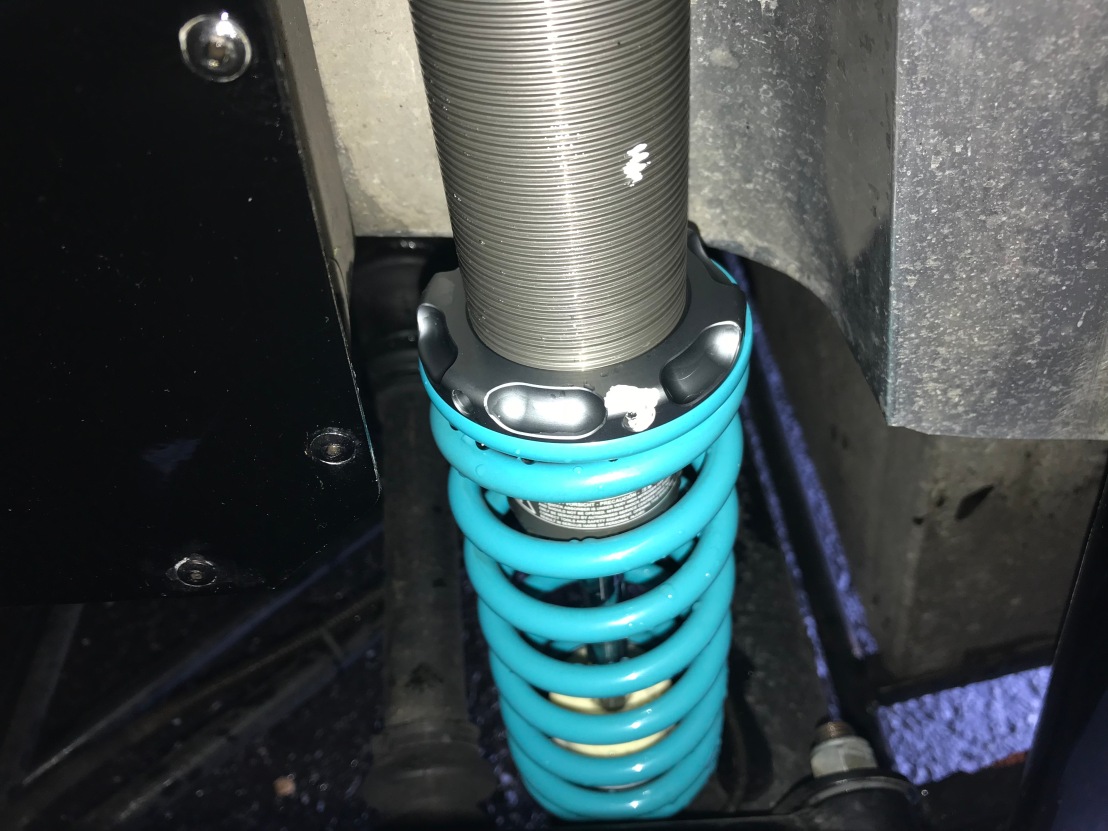
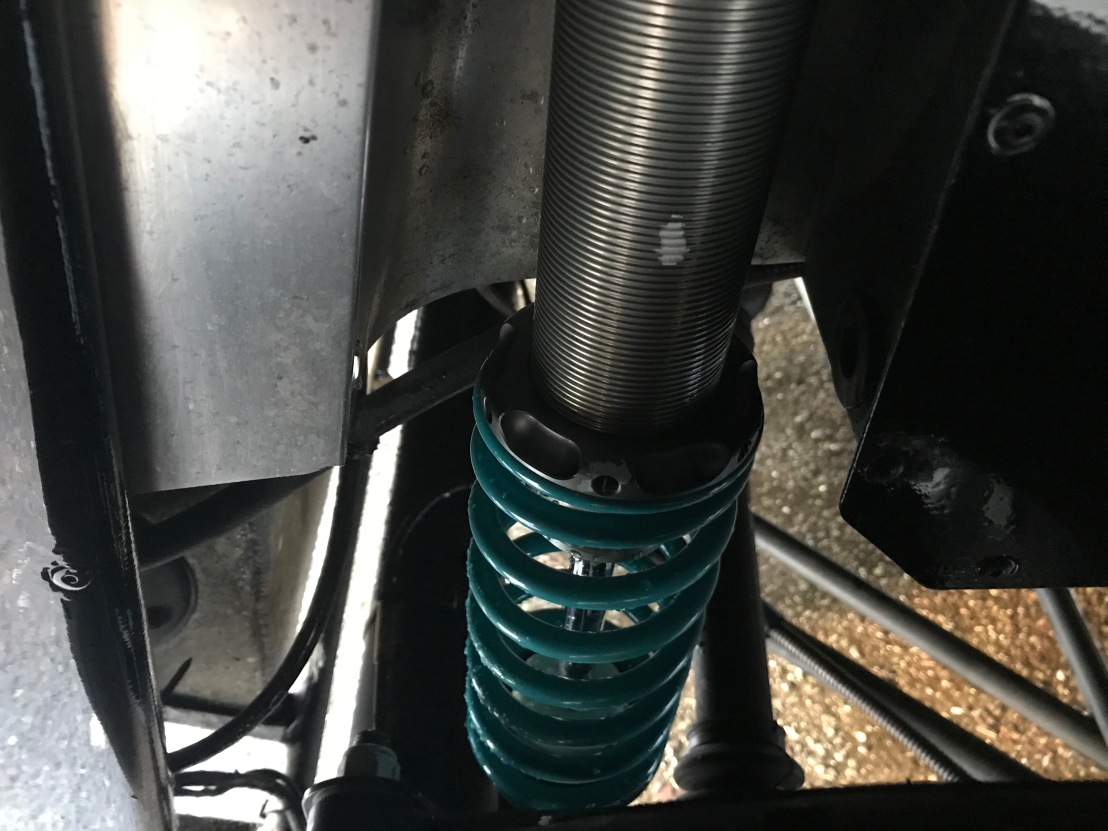



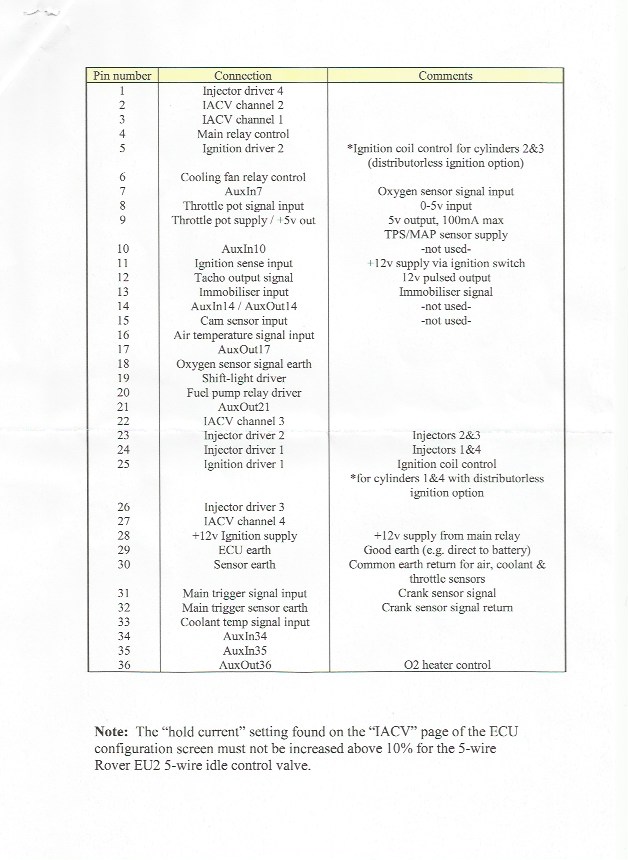
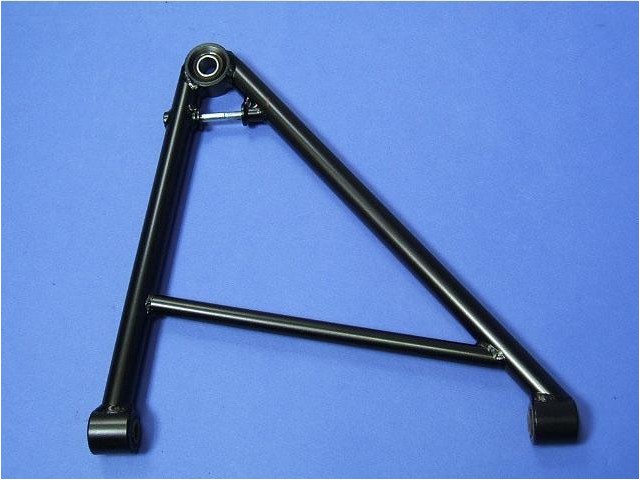


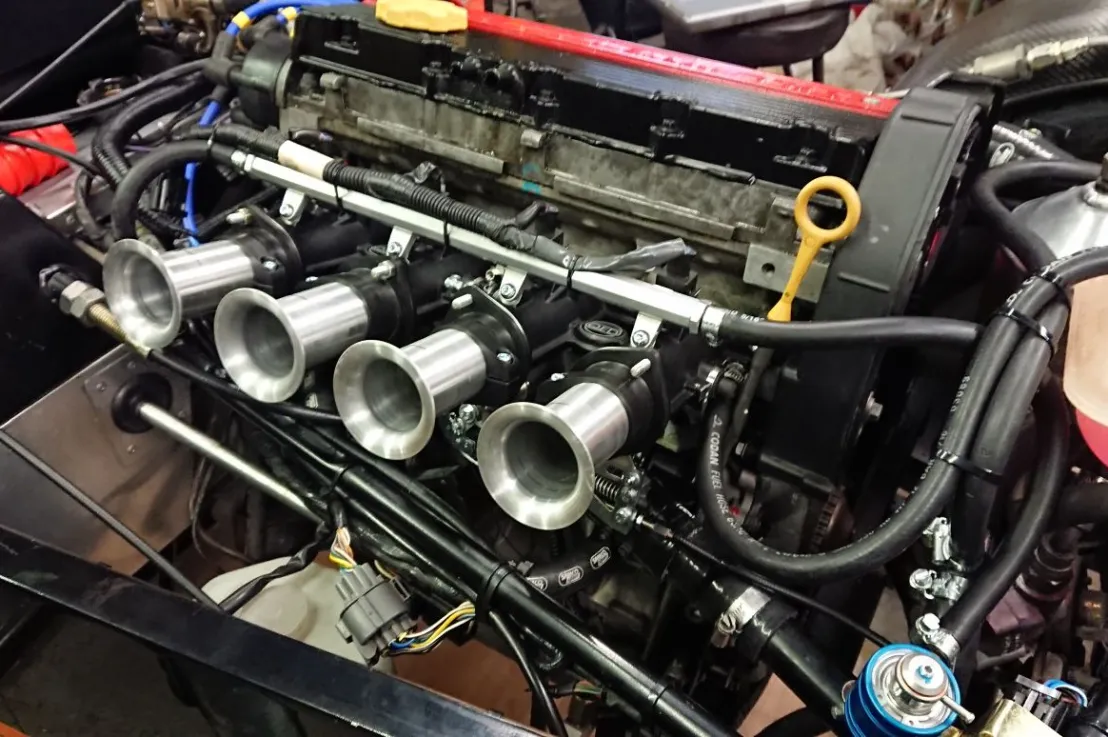
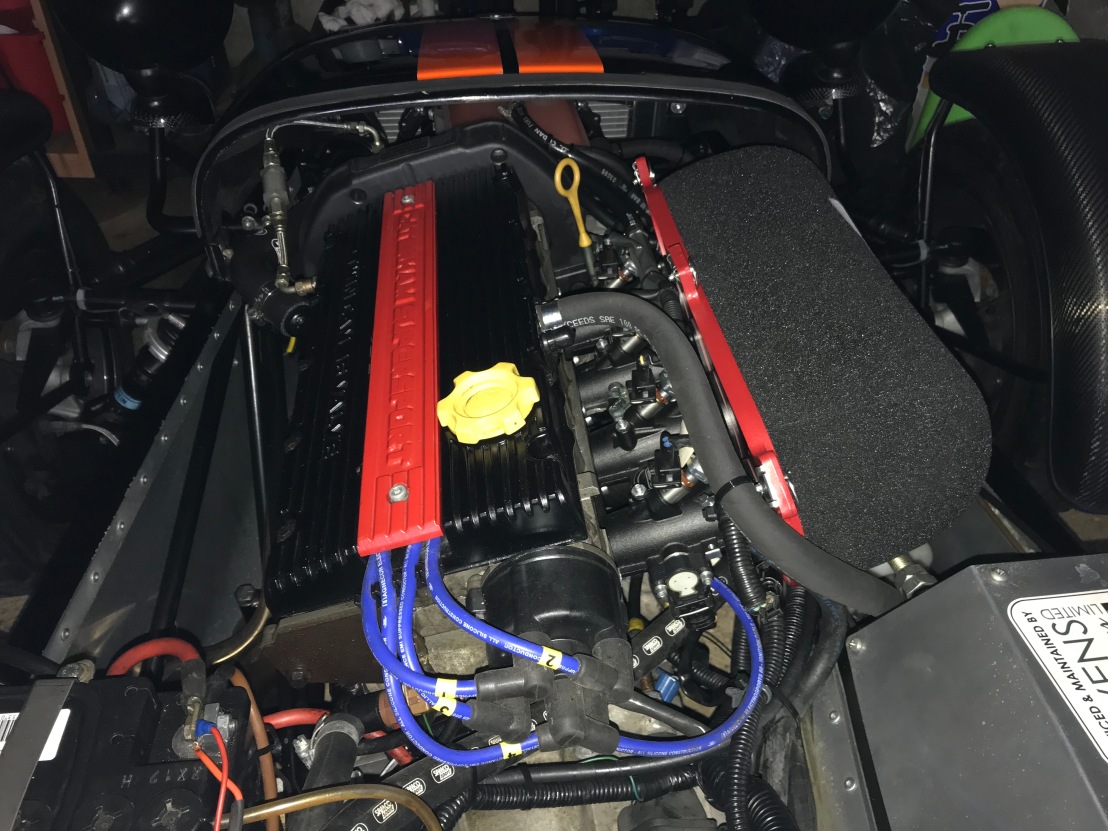 Remove original parts and retain for customer.
Remove original parts and retain for customer.


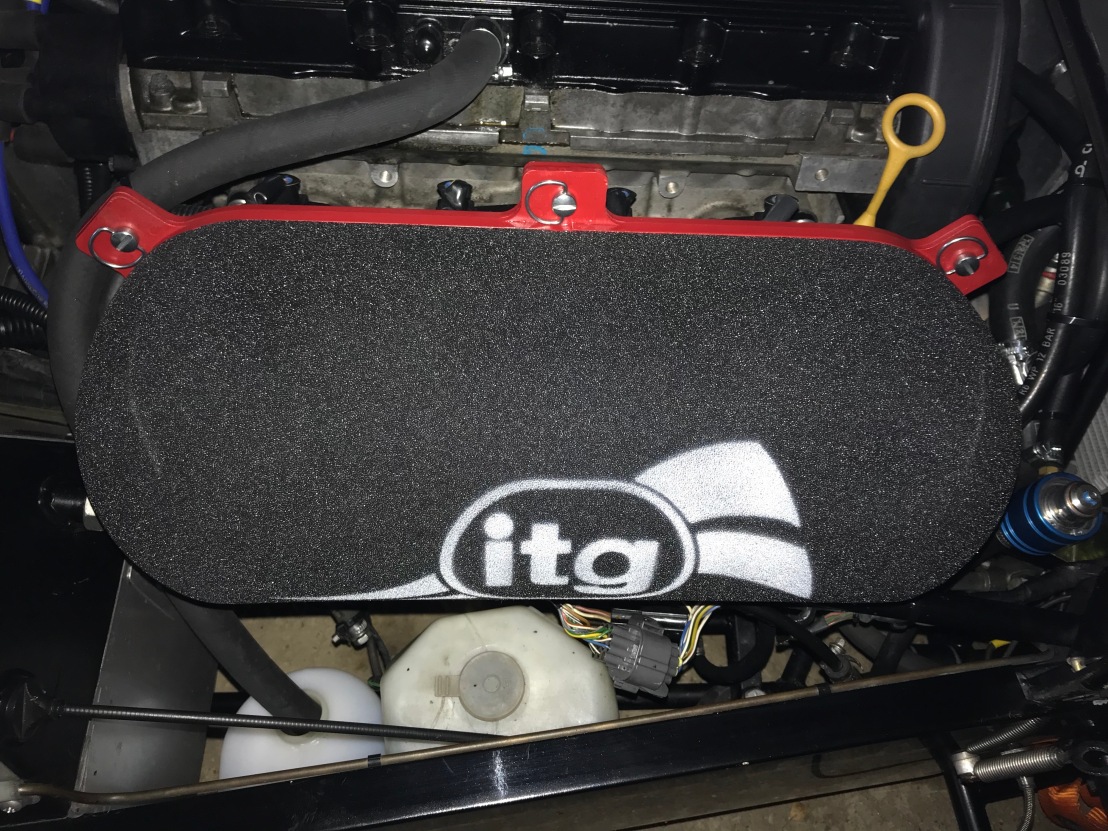


 Sourced from Caterhamparts and professionally fitted by Ratrace Motorsport.
Sourced from Caterhamparts and professionally fitted by Ratrace Motorsport.



















